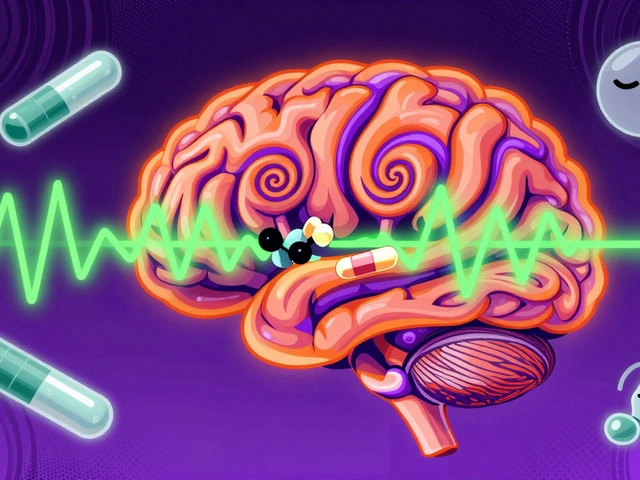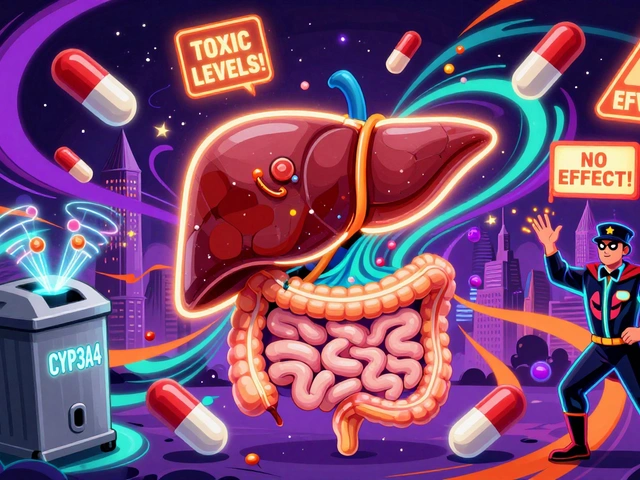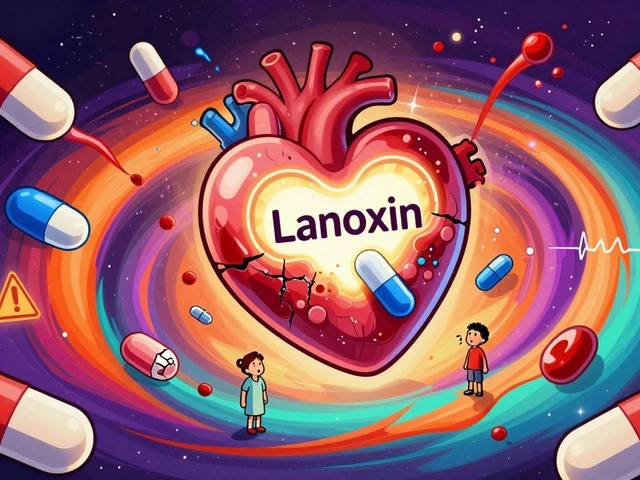naltrexone: definition, uses and practical tips
When you hear about naltrexone, an opioid antagonist used primarily for alcohol and opioid‑related conditions. Also known as ReVia, it blocks the brain’s opioid receptors and helps reduce cravings. In everyday language, think of it as a blocker that stops the “high” from forming, making it easier for people to stay sober. naltrexone fits into a larger family of medications that target the body’s reward system, and its role expands beyond the label.
One of the biggest related topics is alcohol use disorder, a chronic condition where a person drinks more than they intend and struggles to stop. Naltrexone is approved to cut down the urge to drink and to lessen the pleasure derived from alcohol. Another key concept is the extended‑release injectable, a monthly shot that slowly releases naltrexone over about four weeks. This formulation, often called Vivitrol, is popular for people who want a hands‑off approach and less daily pill burden. Off‑label, clinicians sometimes use naltrexone for opioid dependence, gambling cravings, or even to help with weight‑related binge eating. Those uses show how the drug’s core action—blocking opioid receptors—can be applied in many settings.
Practical pointers you’ll want to know
Before starting therapy, a doctor will usually run a brief liver‑function test because naltrexone is processed by the liver. The standard oral dose for alcohol use disorder is 50 mg once a day, while the injectable version is a single 380 mg shot. Patients need to be opioid‑free for at least 7‑10 days before the first dose; otherwise, they risk precipitated withdrawal. Common side effects include nausea, headache, and fatigue, but most settle within a week. It’s also smart to combine the medication with counseling or support groups—medication alone rarely solves the whole problem. Insurance coverage can vary, especially for the injectable form, so checking formularies early can save surprises.
Below you’ll find a curated set of articles that dig deeper into related medications, comparison guides, and real‑world stories. Whether you’re curious about dosage nuances, looking for alternative treatments, or need tips on managing side effects, the collection below rounds out the picture of how naltrexone fits into broader health strategies.
Acamprosate vs Alternatives: Efficacy, Safety, and Choosing the Right Treatment
A detailed comparison of Acamprosate with naltrexone, disulfiram, baclofen and topiramate, covering efficacy, safety, dosing and how to pick the right AUD medication.





